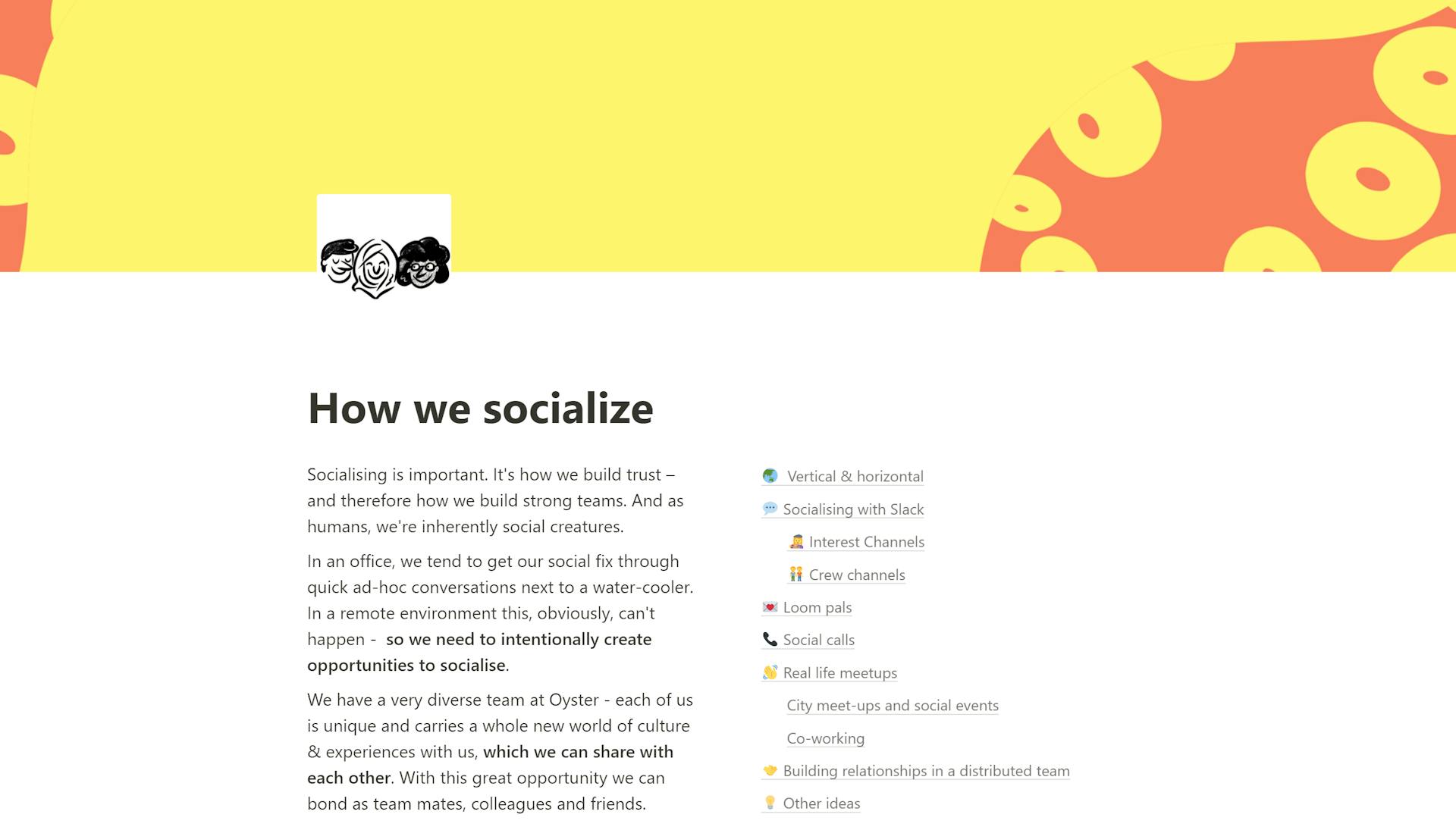All You Need To Know About Distributed Teams
Published: 21st February 2023Distributed teams are becoming more and more common, but they can still be quite challenging to manage.

Curious about some of the key factors to consider when managing a distributed team? Read on to uncover some of the challenges that can arise when managing distributed teams and how to address them. By the end, you’ll have the knowledge to form a well-balanced opinion on what distributed teams are and what you have to consider when managing them.
What is a distributed team?
Broadly speaking, a distributed team is a group of people who are not all in the same location, but they use technology to communicate and collaborate effectively. Distributed teams can be used for a variety of reasons, such as scaling teams fast and efficiently, cost savings, diversifying the team setup, or accommodating people who want to have more flexibility in terms of where they work from. These attributes might sound familiar to everyone who deals with remote workers, so let’s have a closer look at the line between remote work and a distributed team with a definition made by Anthony Wing Kosner in ”The crucial difference between remote work and distributed work” for Dropbox:
"Remote work is a discipline for the individual worker, but distributed work is a discipline for the entire organization."
As you see, remote work focuses on the individual worker and distributed teams describe the setup the worker is in within the organization.
The pros and cons of distributed teams
Working in a distributed team is by no means a perfect solution for all your teams’ needs; they come in many forms and have their fair share of advantages and disadvantages. On the positive side, they’re great for:

Flexibility – You can hire people based on their skill set and expertise instead of where they live. This means you can hire someone who is not only good at their job but also lives in a different city or country. This gives you more flexibility when it comes to searching and finding talent, but also gives potential candidates more options and more job opportunities to choose from.

Scalability – You can grow, or even reduce, your team size without having to worry about rented office spaces or other obligations that come with having your whole team gathered at one physical location. In particular, companies that have to grow fast in a short amount of time can scale up very efficiently, as the onboarding does not require relocation and further time-consuming aspects.

Work-life balance – As with remote work, a distributed team offers team members the possibility for a better work-life balance. You can set your own schedule and working hours so that they fit better with your life outside of work. This is especially important for teams across different time zones, as it would otherwise be hard to align all schedules. This may also help reduce stress levels within the team by giving individuals more control over when things have to be done.

Less pressure – Working from a remote location, or even just having no commute, will give your team members more time to relax and recharge themselves physically as well as mentally.
On the other side, there are some more negative aspects of distributed teams that can be experienced:
Feeling isolated – Especially if you have some team members at the office, and some distributed, a feeling of being “left out” might come up. This can make it harder for the team to bond (if no systems are in place), or it can even lead to increased stress levels and even lower productivity as a result of feeling lonely and left out.
Lack of trust - Trust is a key element of a successful team, therefore you have to make sure you have strategies and tools in place to create, maintain, and build trust in your distributed team.
Time zone mismatches - Depending on the projects and deliverables it can become challenging to get everyone on the same page if the time zones are spread across a wide range.
It's crucial that you address these challenges e.g. with virtual team activities that build a feeling of togetherness and trust, or that you have systems in place to deal with time-zone-related issues.
The distributed working company Oyster HR has even developed an open document, where they share how they address this topic with their systems and tools on how they socialize.

How to ensure productivity with distributed teams
Communication and the right strategies are key to keeping your distributed team productive. It's important that your employees have the right tools and resources available to them—and it's also important that you make sure everyone has a clear vision of what they're working towards and how their role fits into the big picture.
Here are some tips for effectively managing a distributed team:
- Make sure everyone knows where they stand in relation to each other. This is not only crucial for collaboration but also for ensuring everyone gets involved in open communication channels when necessary.
- Ensure people feel like they're on equal footing. This way they'll be more likely to talk about problems or issues before they become serious disruptions in the workflow
- Be proactive about the topic of team socials. You need the right systems in place to create a feeling of bonding and trust
- Be willing to evaluate and adapt on the go. It’s vital to get feedback from your team on an ongoing basis and show them that you listen, adapt, and care about them.
Being part of a distributed team can be rewarding, but it takes some adjustment and requires ongoing communication
When you’re working with a distributed team, it can become easy to lose track of the social aspect of the workplace. If that happens, you might find yourself wondering why team members are feeling disconnected, or worse, even leaving your organization.
To avoid these issues and ensure everyone is on the same page, it’s important that there are clear systems and communication channels in place so no one feels like they have been left out of the loop.
Distributed teams also need clear workflows and reporting plans so everyone knows exactly what their responsibilities are and how to deal with challenges that will certainly come up. Having this level of clarity may seem daunting at first, but once you get used to having all these systems in place (and using them), things will run much more smoothly than before.
Looking to boost your team's collaboration and strengthen connections in Slack? Doozy - Matchmaking is the answer! With just a few clicks, you can schedule introductions for your team members and revamp your team culture effortlessly. Don't miss out on this incredible opportunity to see the difference it can make in taking your team's collaboration to new heights!
Image Credit
- Pexels, Unsplash

Jesse K.
Jesse helps companies working remotely create a social connection by providing trending topics & inspiration via remotenactive.com


